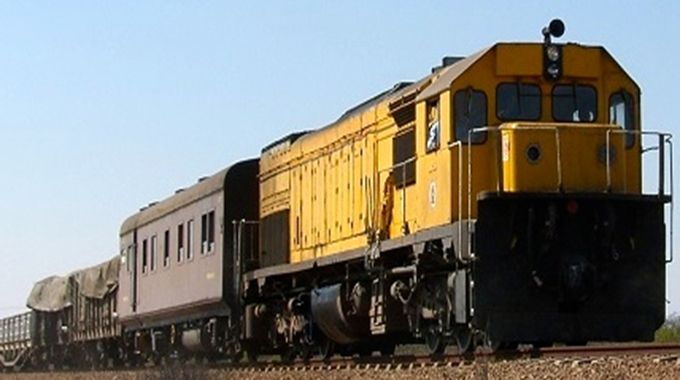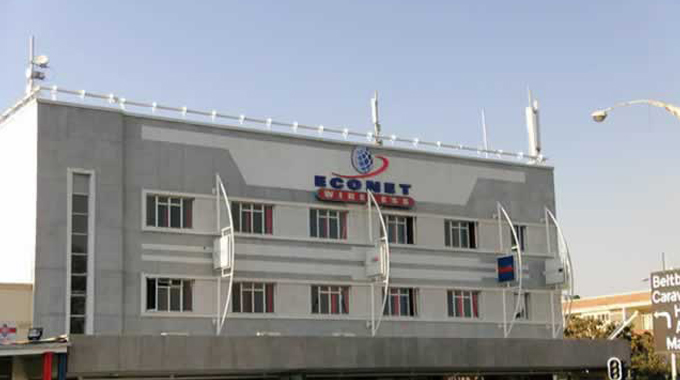Dimaf repayment period extended
Oliver Kazunga Senior Business Reporter
THE government has extended to 36 months the payment period for loan funds under the Distressed Industries and Marginalised Areas Fund (Dimaf), Industry and Commerce Deputy Minister Chiratidzo Mabuwa has said.Dimaf was launched a few years ago by the government in partnership with Old Mutual to bail out companies that required funding for working capital and capital expenditure following the liquidity crunch in the economy.
Resources from the facility were disbursed through CABS, a subsidiary of Old Mutual.
Mabuwa said the government was presently negotiating with Old Mutual for the release of more Dimaf resources under the second phase.
“We’re negotiating with CABS where we’re saying we (the government) want to put in money but we’re lacking fiscal space. The initial money (first phase of Dimaf) has grown from $10 million to $28 million as this is a revolving facility.
“We’ve also told CABS that we (the government) don’t have the money but have the goodwill where we’re going to select the companies to benefit from the facility,” she said.
“We’ve extended the payment period for capital expenditure from 12 months to 36 months and working capital to about 18 months.”
The Deputy Minister said this while responding to remarks from Datlabs chief executive officer Todd Moyo during a tour of the Bulawayo-based company on Monday.
Datlabs received $1 million from Dimaf.
Mabuwa said under the first phase of the facility it had been observed that most of the companies that managed to repay the loans were those placed under judicial management.
Loans secured from the Dimaf facility were attracting 10 percent interest per annum.
Mabuwa said the government was also negotiating for a win-win situation with funders from the international community to bring in their money.
“Dimaf funding is given at 10 percent interest per annum. And as part of our efforts to bail out distressed companies, the government has engaged some financiers from the international community to bring in their money which can then be lent at 10 percent interest rate. At 10 percent, the government will get one percent while nine percent will go to the financiers from which the resources will be coming. We’ve not reached an agreement as yet but discussions are still in progress,” she said.
The government partnered with Old Mutual in coming up with Dimaf after realising that financial institutions were lending their money at high interest rates taking advantage of the liquidity crunch prevailing in the economy.
Following the liberalisation of the economy in February 2009, lending rates were as high as 40 percent per annum, which industrialists said was too high and uncompetitive if the local industrial sector was to recover from the impact of hyperinflation the country went through prior to 2009.










Comments